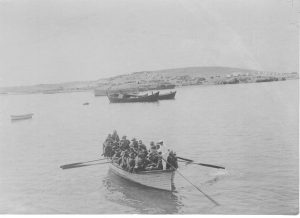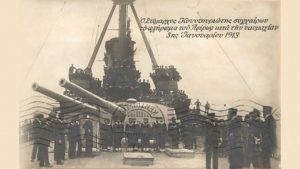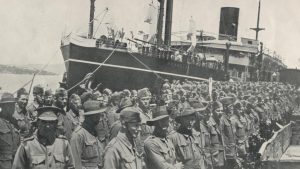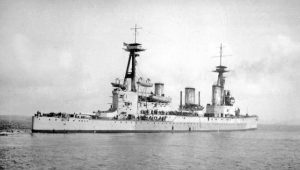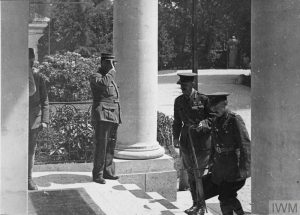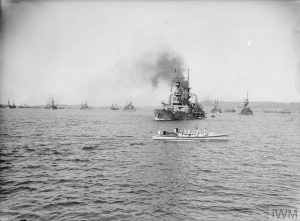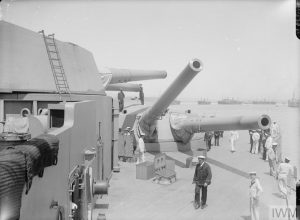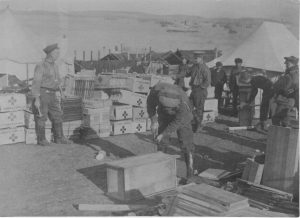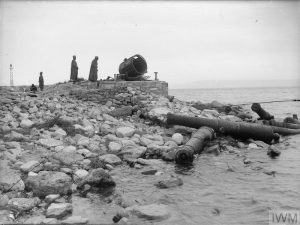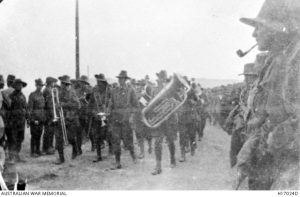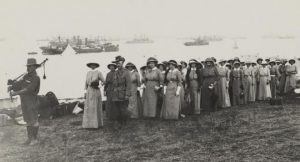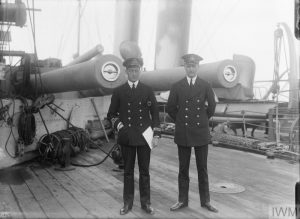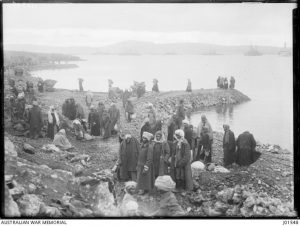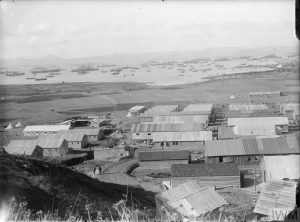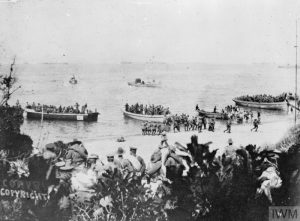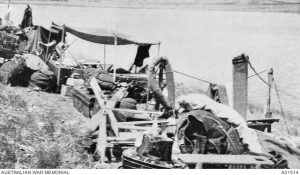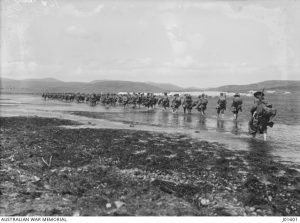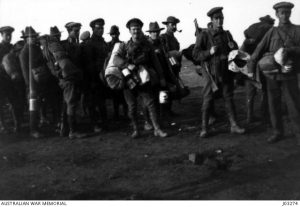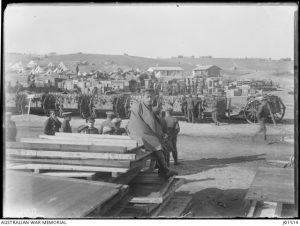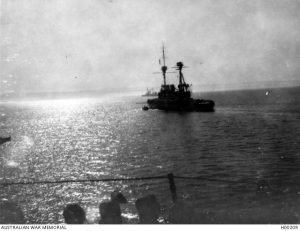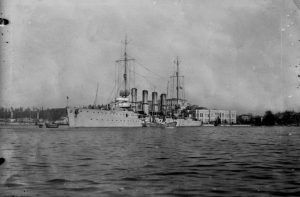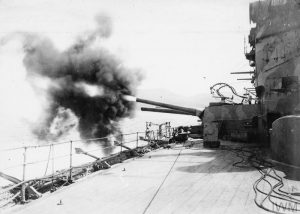Timeline

- 1912October 6
- 1913January 5
- 1914November 1
- 1914November 3
- 1915January 13
- 1915January
- 1915February
- 1915February
- 1915February 19-25
- 1915 March 4
- 1915March
- 1915March 18
- 1914March - April
- 1915April
- 1915April 24
- 1915August
- 1915December 22
- 1916January
- 1916January 13
- January 1916until October 1918
- 1918January 20
- 1918October 30
Liberation of Lemnos
On October 6, 1912, part of the Greek fleet led by the Averof cruiser, arrived in front of the Castle in Lemnos and the admiral Kountouriotis asked the Turkish commander for the immediate surrender of Lemnos. The next day the fleet moved to Mudros. The landing finally took place on October 8, in front of the Tsimandria village. The troops moved towards the Castle (Myrina) and all the Turkish defenders of the island gave up without a fight.
The Greek fleet after the capture of Lemnos, used the Moudros bay as a base of operations, as it controls the exit point of the Straits. In this way, they were able to nullify their activity in the naval battles of Elli and Lemnos.Naval battle of Lemnos
On January 5, 1913, the information that the Ottoman fleet was moving towards the Dardanelles was received in Lemnos, where the Greek fleet was gathered. They immediately set sail the Averof, the battleships Hydra, Spetsai, and Psara, and 7 destroyers. The Ottoman fleet consisted of the battleships Barbaros, Turgut Reis, Mesudiye, the cruiser Mecidiye, 6-8 destroyers, and escort vessels. The first shots were fired by the Ottoman fleet and the Greek one responded with shotgun fire. Barbaros was seriously affected, making in that way, the Ottoman fleet to turn around to enter the Straits. The Ottoman fleet was followed by Averof, which caused great damage to Turgut Reis with its shots. The Greek losses were insignificant, and the Ottoman fleet never left the Straits again throughout the First Balkan War.
The first actions of the ANZAC forces
First naval attack on the Dardanelles Straits
Establishment of an Eastern Mediterranean fleet
Dozens of British and French warships are gathered at Mudros in order for them to assemble the force that would conquer the Straits. It is led by the dreadnaught HMS Queen Elizabeth. Many auxiliary vessels and dozens of commercial and passenger ships that have been converted into troop transports, as well as hospital ships, arrive in Lemnos, too.
The concession of Lemnos to the British
Landing at Gallipoli
The British war fleet, led by the battleship HMS Queen Elizabeth and several transport vessels, departs from Mudros for the landing at Gallipoli. Most will land in the bay named after Anzac Gulf and the rest of them will remain in the V-neck bay close to Cape Hell. Their purpose was to capture the forts of the Dardanelles.
The naval battle of Imbros

